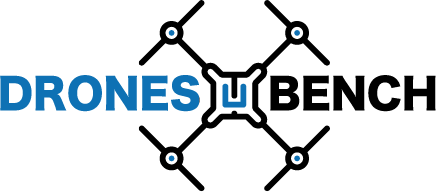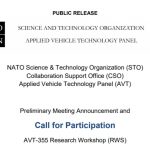EASA update April 24th 2019
EASA has recently confirmed and updated the 2019 regulations in the field of drones, in particular for the specified and open categories (in general, the EU 1139/2018 standard will be extended to all civil and military drones).
Regarding the open category, the Operator registrations will be necessary (all drones belonging to the specific category must instead be recorded, regardless of their characteristics):
– for drones with a maximum take-off weight (MTOW) greater than 250 g;
– for non-toy drones capable of recording personal data with an MTOW less than 250 g;
– for drones capable of developing a impact kinetic energy greater than 80 J (the limit is 250 g and a speed greater than 130 km / h).
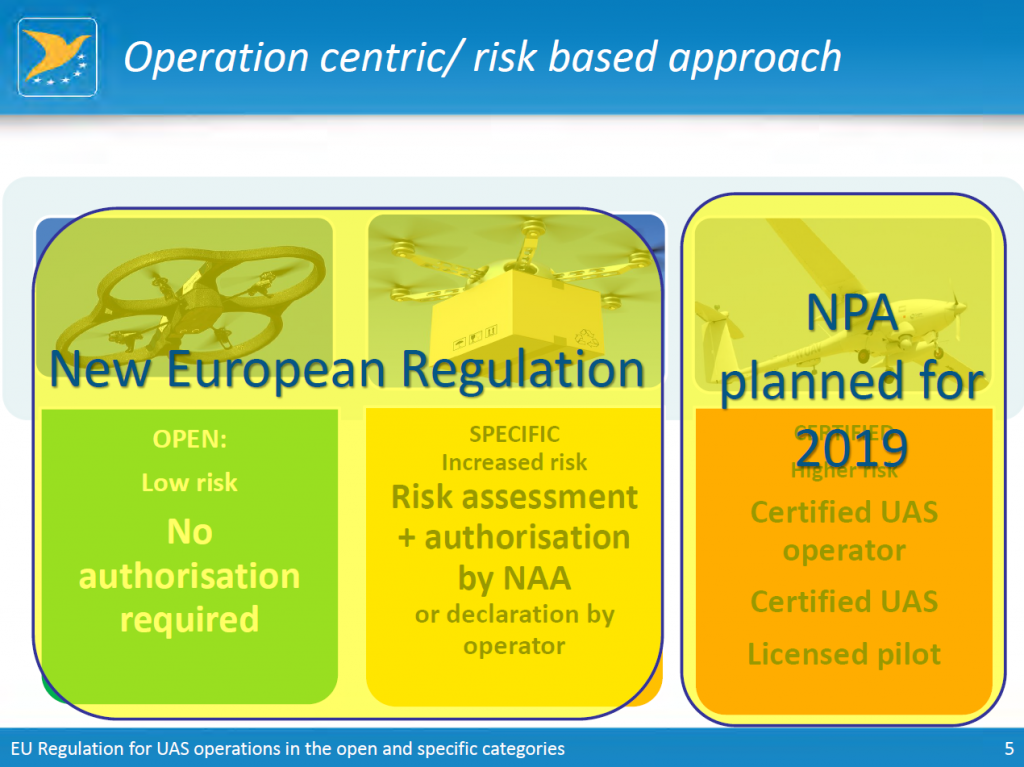
The authorities will therefore be provided with an updated database of operators and their drones and, through electronic identification, they will also know the starting position of the missions and the remote piloting and the position and altitude (including date and time) at every moment of the mission.
Each drone will also be equipped with a registration number assigned to the operator.
Locally, each member state will be able to establish no-fly zones and other restricted or non-restricted areas, effectively managing air traffic in a safe and effective manner.
As regards open category, the verification of the technical requirements will be carried out exclusively through the CE mark.
The operational areas and the classes already mentioned on our site have remained unchanged.
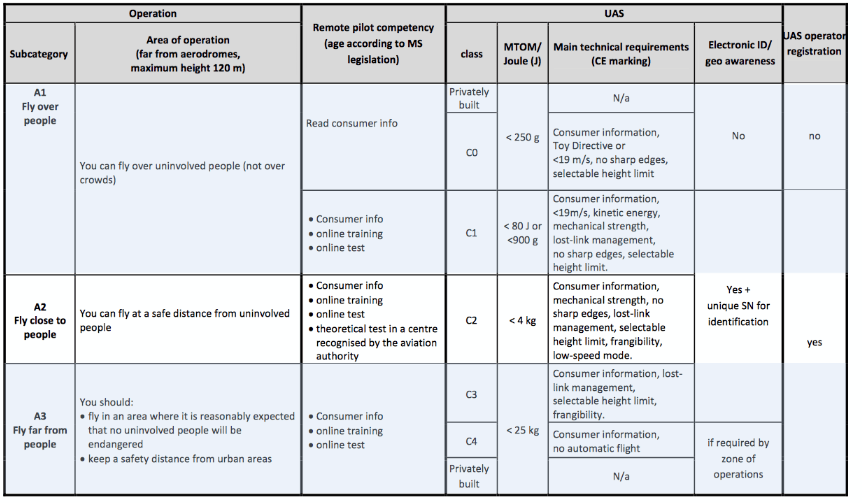
To belong to the open category, a drone must possess the following requisites:
– no operation over 120 m above the ground;
– MOTW less than 25 kg;
– age of the pilot must be over 16, unless supervised by an adult (there are no limits for toy drones);
– no transport of dangerous material;
– no material that in general is likely to fall;
– no operation without warning;
– subject to the rules of class and operational area in the table above.
As per table, it is important to know that the online test for remote pilot training is necessary only for classes C1, C2, C3 and C4 and are not necessary for class C0. For all classes, the pilot is still required to study the manual provided by the manufacturer.
As regards class C2, practical training (done in an area that complies with EASA regulations) and a written test approved by the competent authorities will also be required.
The validity of such tests is 5 years.
The clubs and drone associations, in addition to being regularly registered as such, will receive an authorization, subject to mandatory registration, by the National Airport Associations (NAA) which will establish various conditions to be followed.
For further information also regarding the specific category and the various responsibilities of the UAS operators and remote pilots, we refer you to the EASA website.
To the next news!
______________________________________________________________________________________________________________________________________
All rights to the images used in this article are reserved to EASA. These images are used for informative purposes only, within the limits established by the law about copyright.
